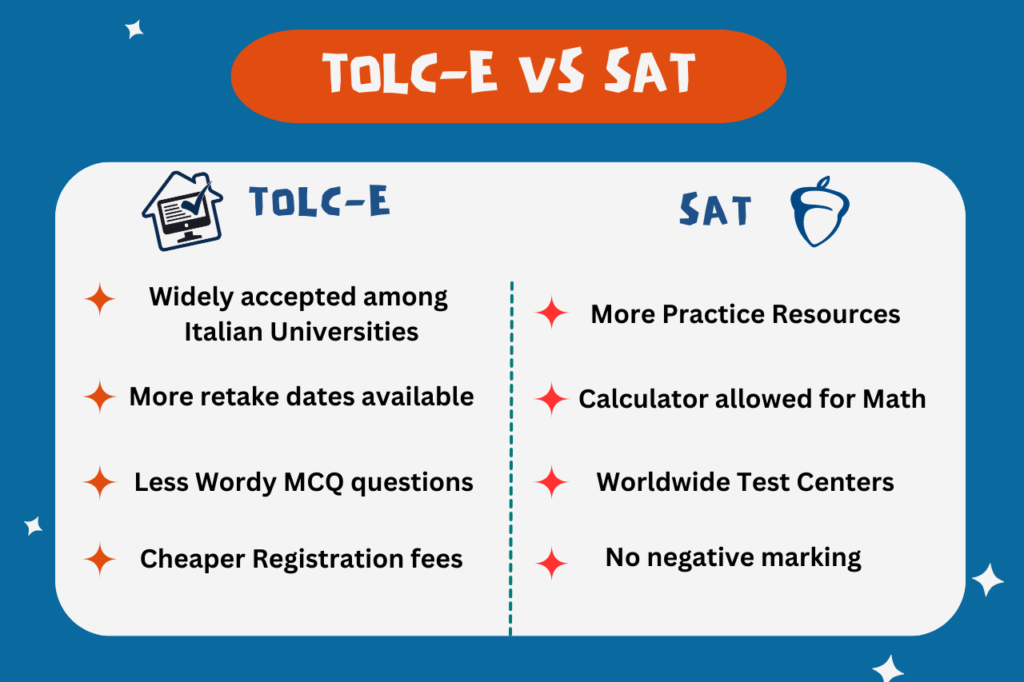Solved A. a+byuy+2 B. ay+ba+by C. a−byay+b D. a+byay−b E.
5 (604) · € 23.99 · In Magazzino

Answer to Solved A. a+byuy+2 B. ay+ba+by C. a−byay+b D. a+byay−b E.

Polyethylene Glycol Immunogenicity: Theoretical, Clinical, and Practical Aspects of Anti-Polyethylene Glycol Antibodies

The NIMBY problem - David Foster, Joseph Warren, 2022

Boeing B-29 Superfortress - Wikipedia

Draw Venn diagram of Aunion B intersection C
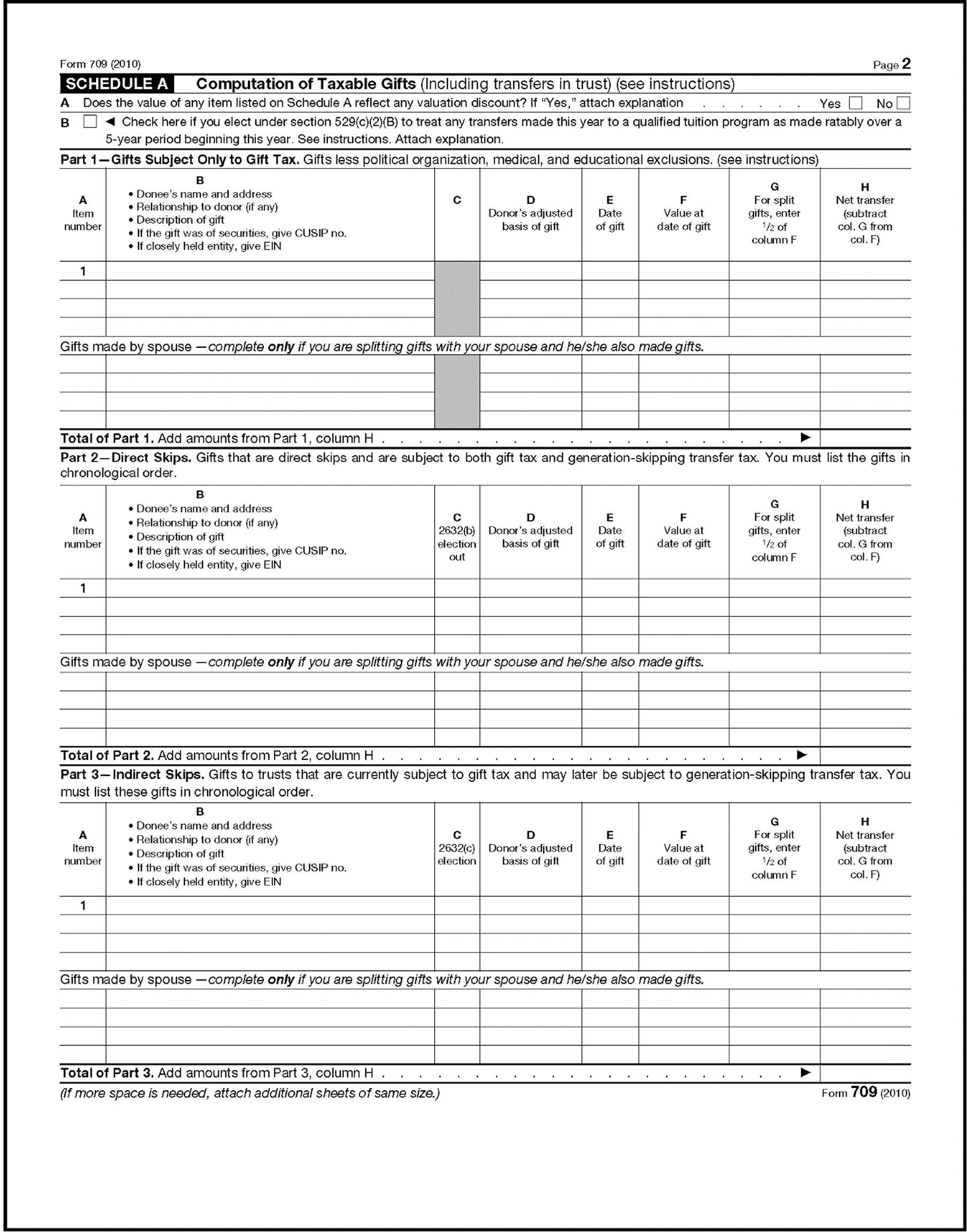
3.11.106 Estate and Gift Tax Returns
If a and b are two non collinear unit vectors and, a+b

if the point p(x y) is equidistant from a(a+b b-a) and b(a-b a+b) prove that bx=ay

8 bcd math summer packet (hadzovic & shammas)

Chapter 3
A, B, and C are the three points on a line. If AB = BC, and the coordinates of A and C are equal to – 4 and 16, respectively, what is

if the point p(x y) is equidistant from a(a+b b-a) and b(a-b a+b) prove that bx=ay
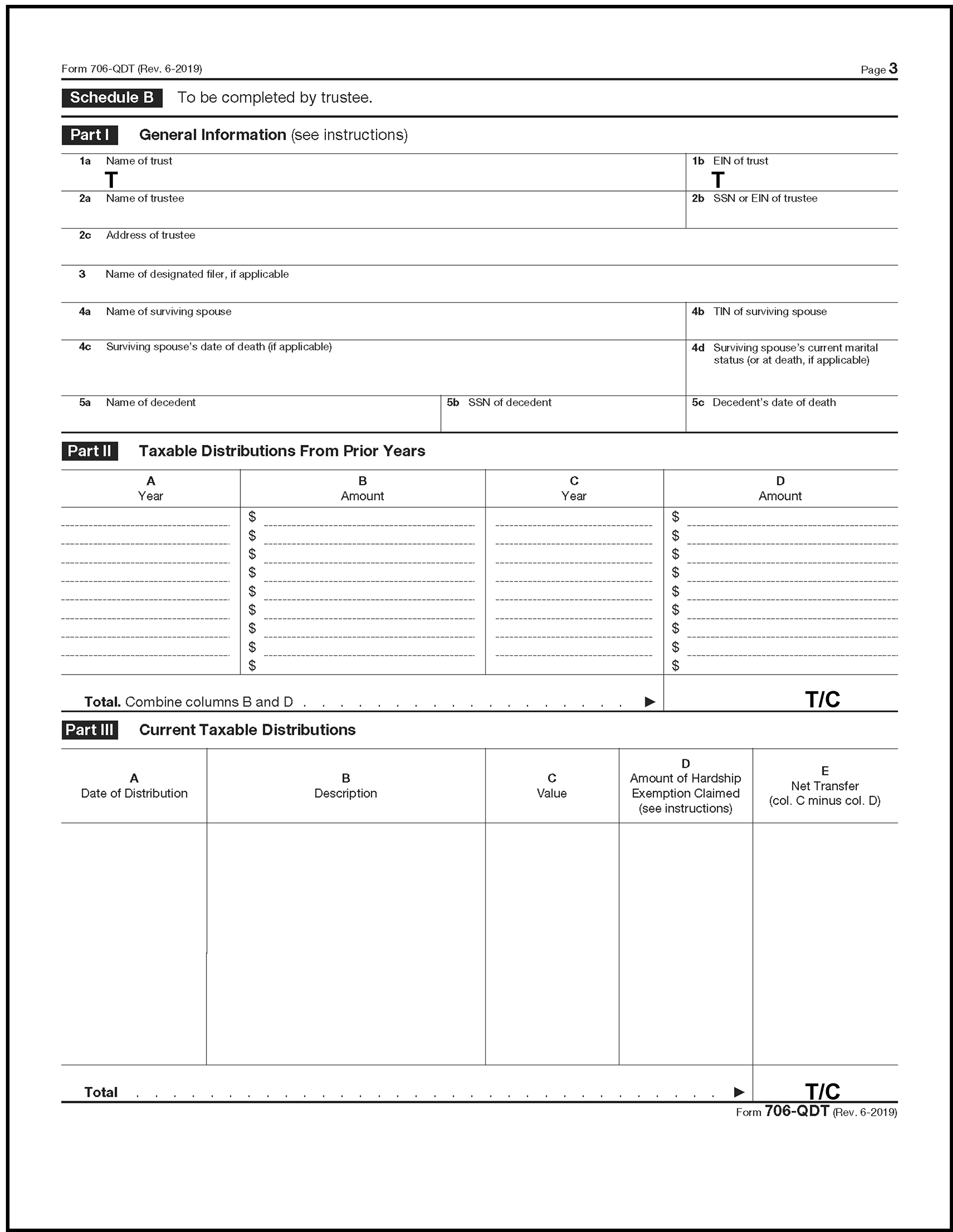
3.11.106 Estate and Gift Tax Returns
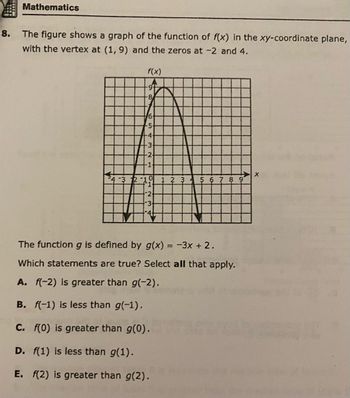
Answered: 8. Mathematics The figure shows a graph…
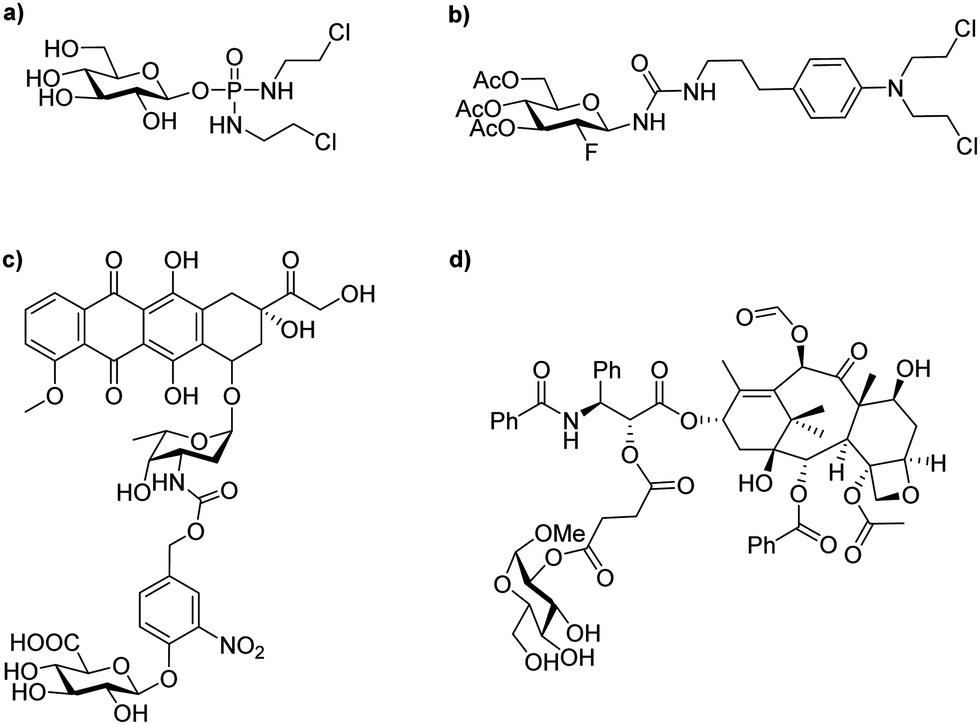
Glycosidase activated prodrugs for targeted cancer therapy - Chemical Society Reviews (RSC Publishing) DOI:10.1039/D2CS00379A






